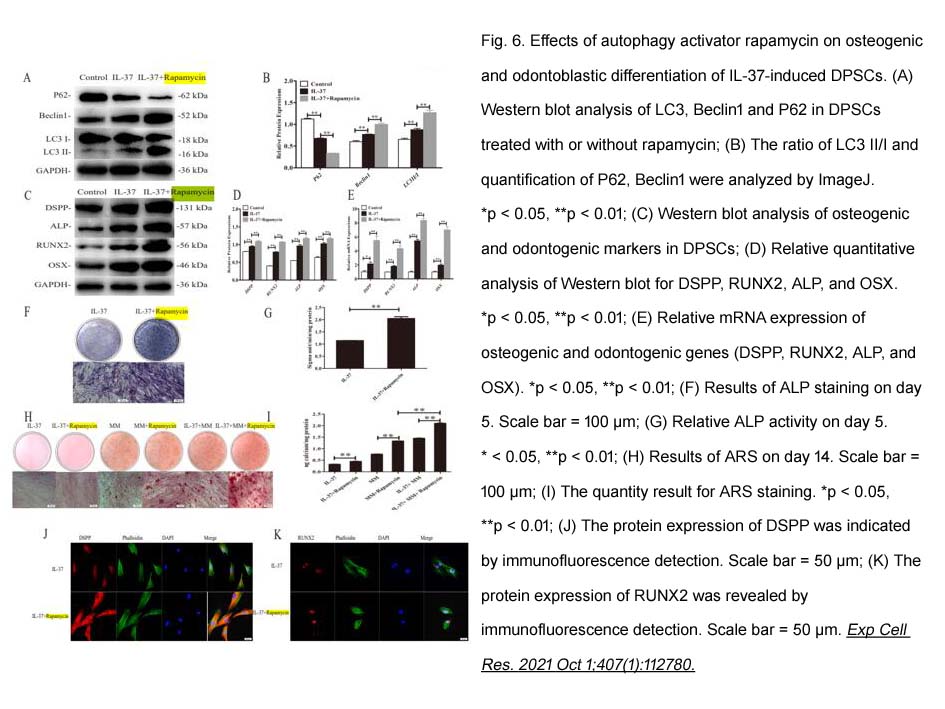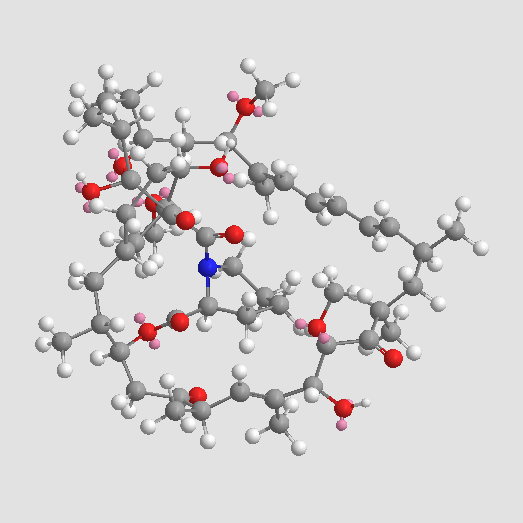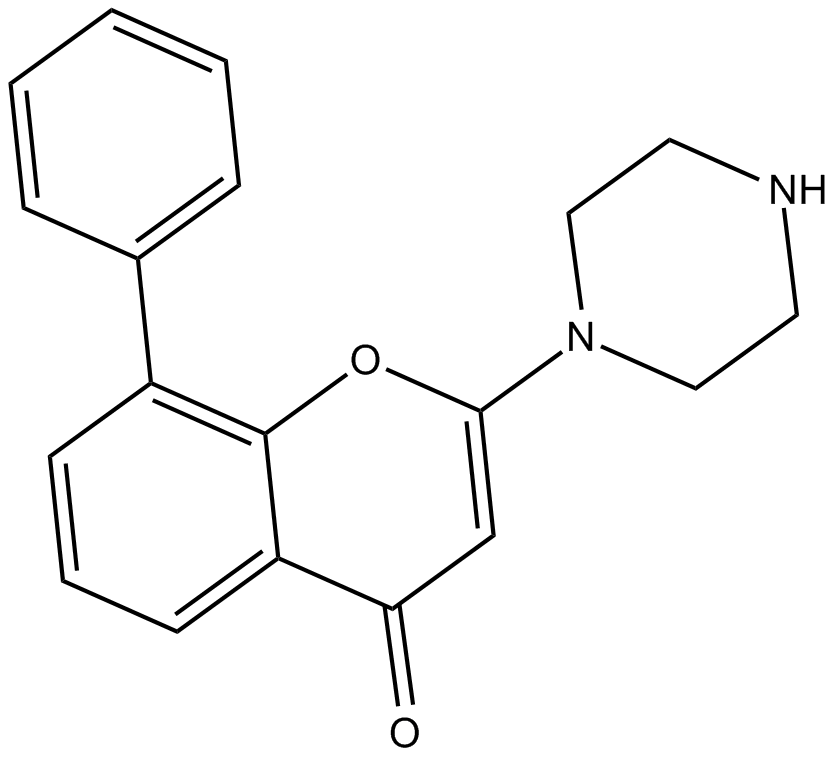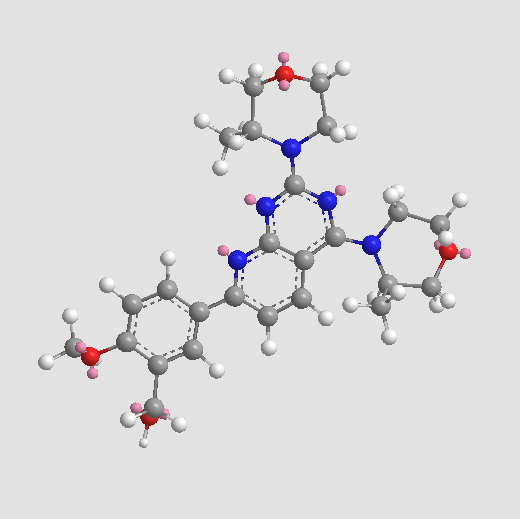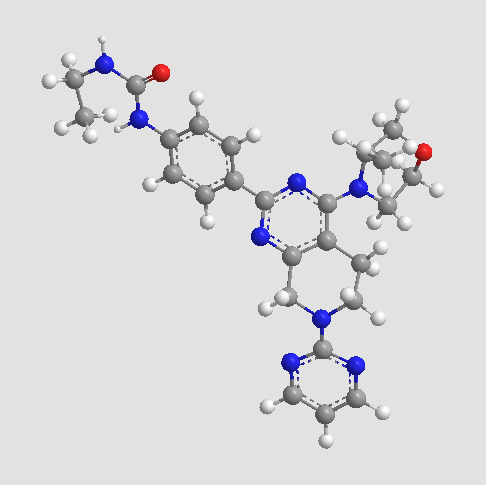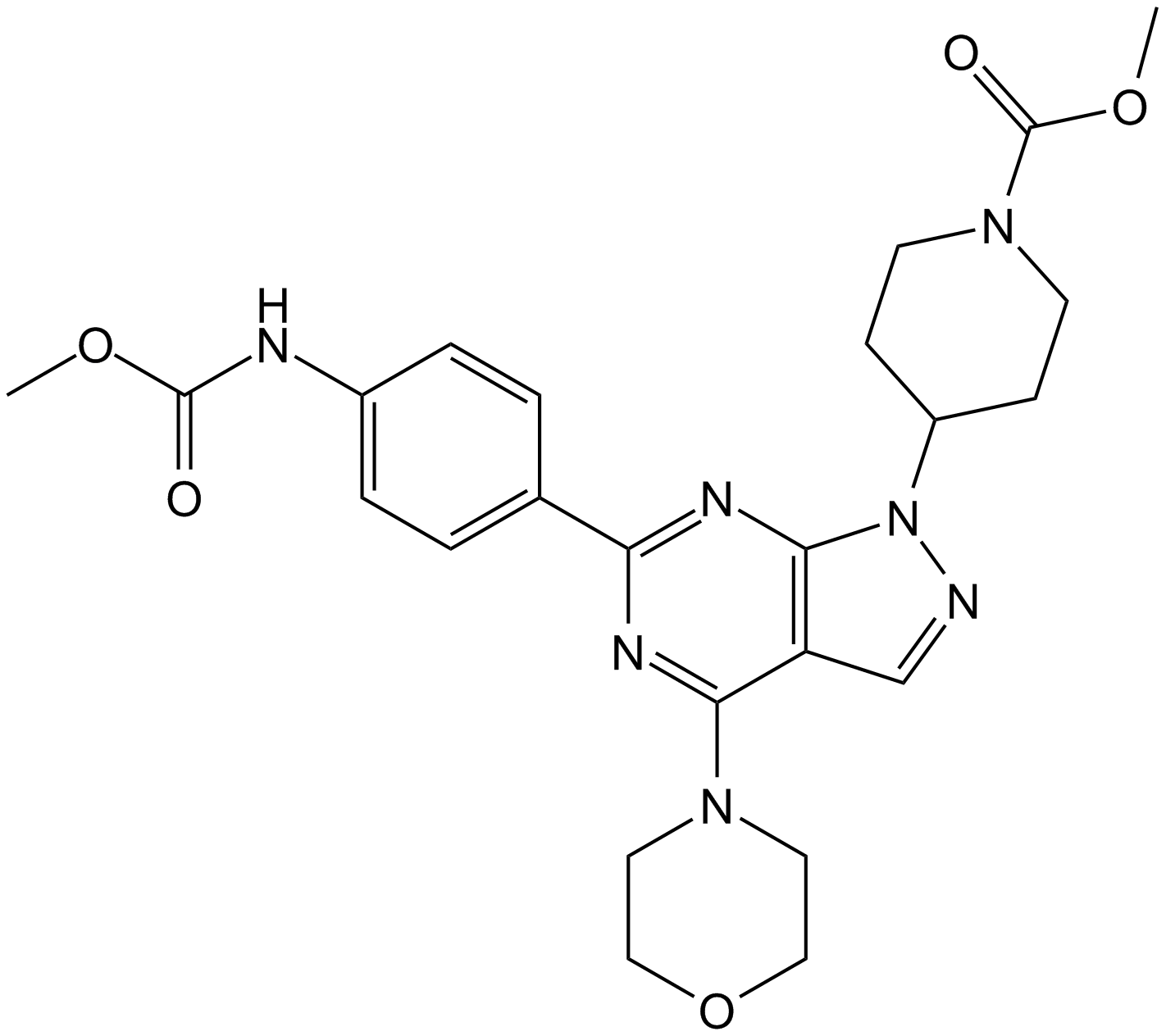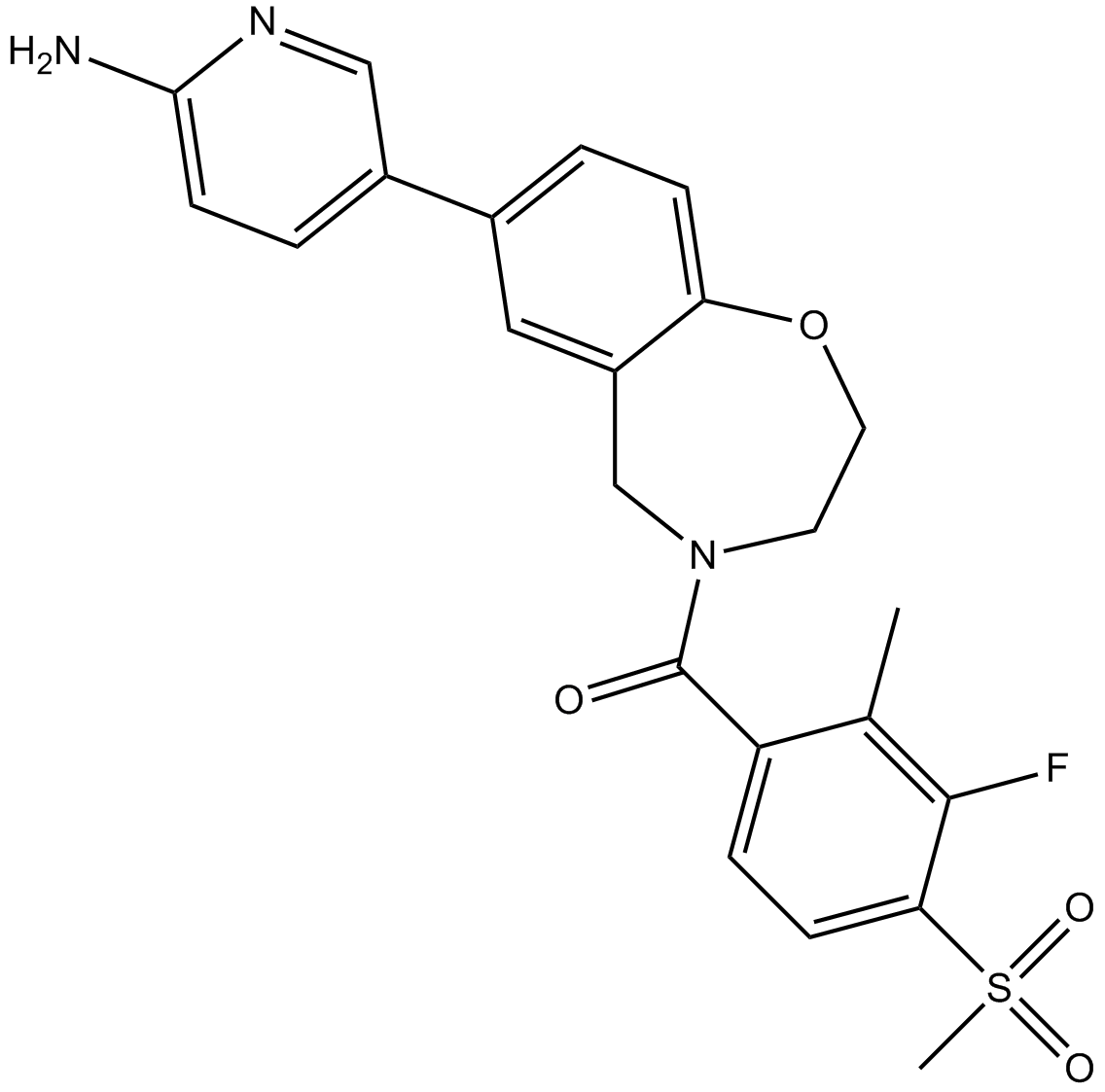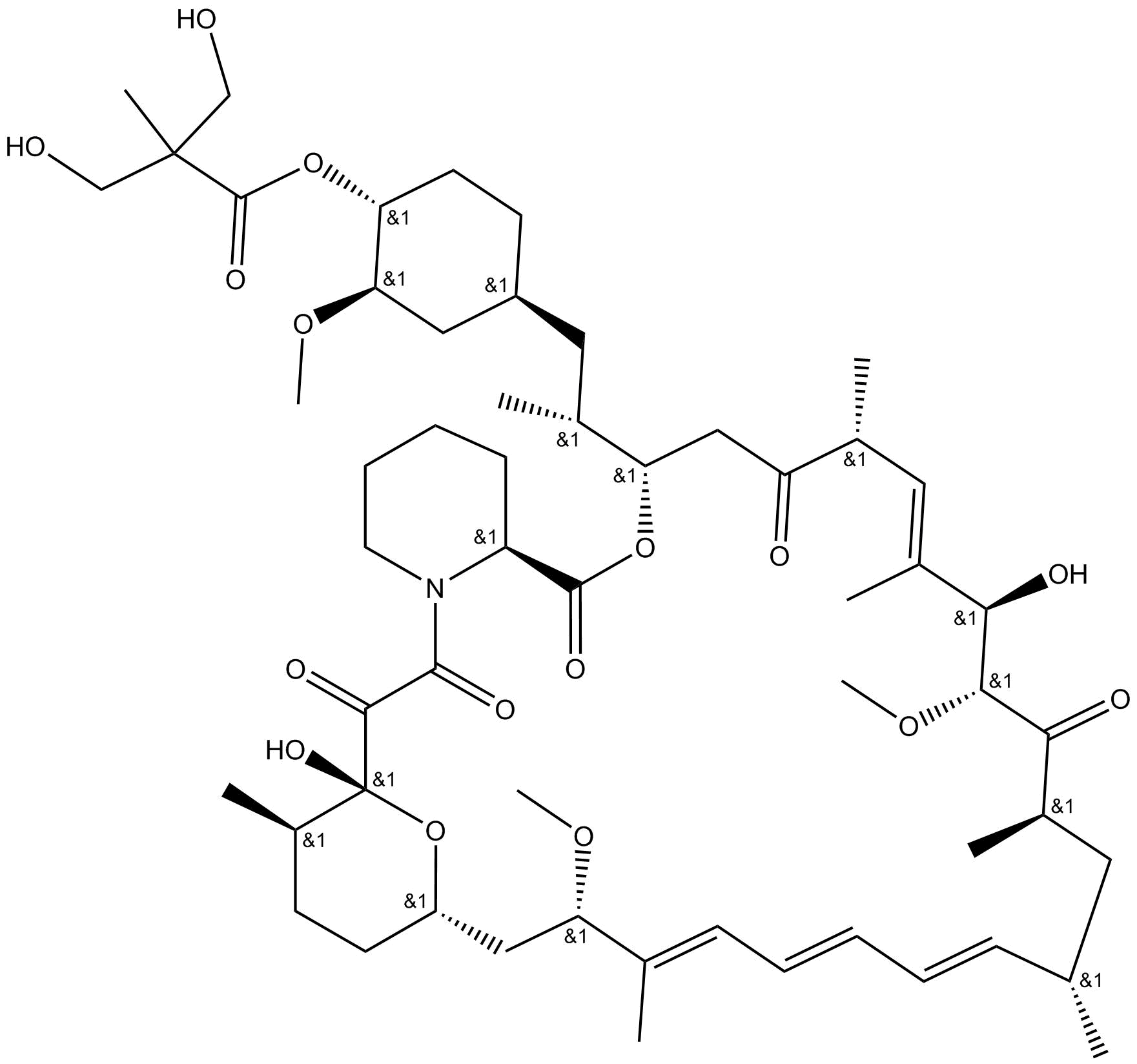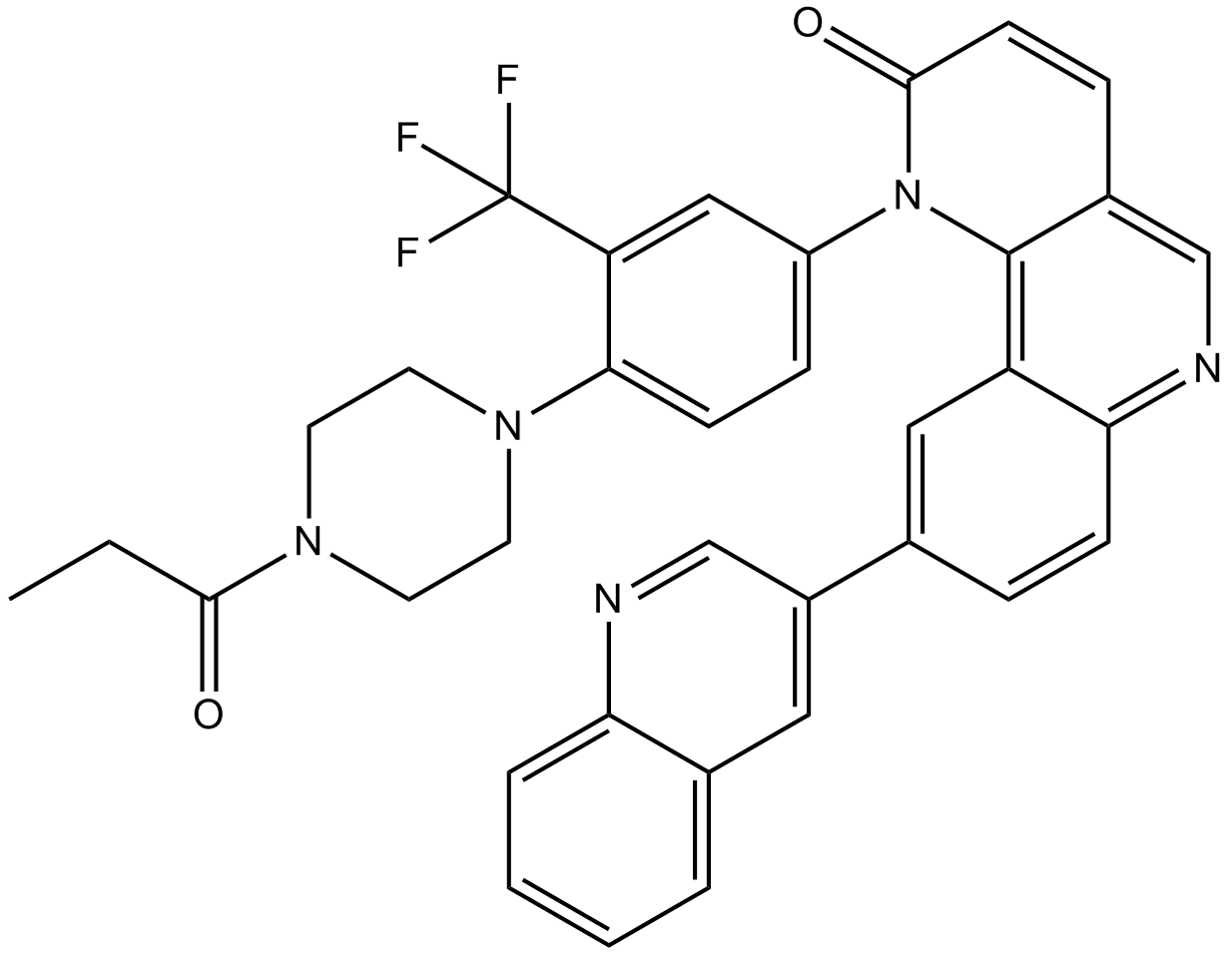Rapamycin (Sirolimus)
Rapamycin was used as a kind of original antifungal antibiotic, which is produced by Streptomyces hygroscopicus. Now it has been used in the prevention of transplant rejection because of its immunosuppressive effect. It also exhibits activity against several transplantable tumors and slightly activity to inactive against leukemias. The immunosuppressive effect of Rapamycin is exerted by inhibiting the activation and proliferation of T cells. Rapamycin binds to FK-binding protein 12 (FKBP12) and forms the rapamycin-FKBP12 complex, which regulates an enzyme that plays an important role in the progression of the cell cycle.
References:
1. Sehgal, Suren N. "Rapamune®(RAPA, rapamycin, sirolimus): mechanism of action immunosuppressive effect results from blockade of signal transduction and inhibition of cell cycle progression." Clinical biochemistry 31.5 (1998): 335-340.
2. Sehgal, S. N., H. Baker, and Claude Vézina. "Rapamycin (AY-22,989), a new antifungal antibiotic. II. Fermentation, isolation and characterization." The Journal of antibiotics 28.10 (1975): 727-732.
- 1. Zeying Zhang, Di Yang, et al. "KPNB1-ATF4 induces BNIP3-dependent mitophagy to drive odontoblastic differentiation in dental pulp stem cells." Cell Mol Biol Lett 29, 145 (2024).
- 2. Bo Liu, Xueting Yao, et al. "STAT6/LINC01637 axis regulates tumor growth via autophagy and pharmacological targeting STAT6 as a novel strategy for uveal melanoma." Cell Death Dis. 2024 Oct 1;15(10):713. PMID: 39353898
- 3. Nicholas Schultheis, Alyssa Connell, et al. "Altering heparan sulfate suppresses cell abnormalities and neuron loss in Drosophila presenilin model of Alzheimer Disease." iScience. 2024 Jul 2;27(7):110256 PMID: 39109174
- 4. Zhending Gan, Yan Guo, et al. "Excitatory amino acid transporter supports inflammatory macrophage responses." Sci Bull (Beijing). 2024 Aug 15;69(15):2405-2419. PMID: 38614854
- 5. Hong-Dien Phan, Willow R.B, et al. "CD24 regulates extracellular vesicle release via an aSMase/PI3K/mTORC2/ROCK/actin pathway in B lymphocytes." bioRxiv. August 14, 2024.
- 6. Marion Turpin, Thierry Madigou, et al. "TDG orchestrates ATF4-dependent gene transcription during retinoic acid-induced cell fate acquisition." bioRxiv. April 01, 2024.
- 7. Qingfeng Tang, Zhonghan Fang, et al. "Reduced circ_lrrc49 in trigeminal ganglion contributes to neuropathic pain in mice by downregulating Ist1 and impairing autophagy." J Neurochem. 2024 Feb 13. PMID: 38348636
- 8. Xiao-Feng Wang, Fang Wang, et al. "MALT1 Protease Regulates T-Cell Immunity via the mTOR Pathway in Oral Lichen Planus." Inflammation. 2023 Dec 30. PMID: 38159177
- 9. Zhang-Li Yuan, Yan-Zi Mo, et al. "Inhibition of ERK downregulates autophagy via mitigating mitochondrial fragmentation to protect SH-SY5Y cells from OGD/R injury." Cell Commun Signal. 2023 Aug 14;21(1):204. PMID: 37580749
- 10. Guixiang Wang, Wenjia Wang, et al. "Ethanol changes Nestin-promoter induced neural stem cells to disturb newborn dendritic spine remodeling in the hippocampus of mice." Neural Regen Res. 2024 Feb;19(2):416-424. PMID: 37488906
- 11. Yuhui Yang, Hao Liu, et al. "Autophagy mediates cementoblast mineralization under compression through periostin/β‐catenin axis." J Cell Physiol. 2023 Jul 21. PMID: 37475648
- 12. Zhitao Jiang, Liyuan Gao, et al. "Sarmentosin Induces Autophagy-dependent Apoptosis via Activation of Nrf2 in Hepatocellular Carcinoma." J Clin Transl Hepatol. 2023 Aug 28;11(4):863-876. PMID: 37408810
- 13. Jin Ding, Wen Sheng, et al. "Guilu Erxian glue mitigates oxidative damage in mouse GC-1 spermatogonial cells by inhibiting autophagy via the Keap1/Nrf2 pathway." Journal of Traditional Chinese Medical Sciences. Volume 10, Issue 4, October 2023, Pages 484-492
- 14. Liu B, Yao X, et al. "LINC01278 Induces Autophagy to Inhibit Tumour Progression by Suppressing the mTOR Signalling Pathway." Oxid Med Cell Longev 2023;2023. PMID: 36713034
- 15. Liu B, Yao X, et al. "PTK6 inhibits autophagy to promote uveal melanoma tumorigenesis by binding to SOCS3 and regulating mTOR phosphorylation." Cell Death Dis 2023 Jan 23;14(1). PMID: 36690663
- 16. Weiran Li, Yuhui Yang, et al. "Autophagy mediates cementoblast mineralization through periostin/β-catenin signaling axis under compression." Research Square October 13th, 2022.
- 17. Yan Tang, David J. Kwiatkowski, et al. "Midkine expression by stem-like tumor cells drives persistence to mTOR inhibition and an immune-suppressive microenvironment." Nat Commun. 2022 Aug 26;13(1):5018. PMID: 36028490
- 18. Yang Liu, Libo He, et al. "Pharmacological inhibition of sphingolipid synthesis reduces ferroptosis by stimulating the HIF-1 pathway." iScience. 2022 Jun 6;25(7):104533. PMID: 35784791
- 19. Yogev Sela, Jinyang Li, et al. "Bcl-xL enforces a slow-cycling state necessary for survival in the nutrient-deprived microenvironment of pancreatic cancer." Cancer Res. 2022 May 16;82(10):1890-1908. PMID: 35315913
- 20. Zheng Zhang, Feng Zhang, et al. "CDC42 controlled apical-basal polarity regulates intestinal stem cell to transit amplifying cell fate transition via YAP-EGF-mTOR signaling." Cell Rep. 2022 Jan 11;38(2):110009. PMID: 35021092
- 21. Lucas M. O’Neill. "Investigating the effects of stearoyl-CoA desaturase on diet-induced adiposity and the regulation of insulin-like growth factor-binding protein 1." UNIVERSITY OF WISCONSIN-MADISON. 2021
- 22. Jordan E Hollembeak, Michael A Model. "Stability of Intracellular Protein Concentration under Extreme Osmotic Challenge." Cells. 2021 Dec 14;10(12):3532. PMID: 34944039
- 23. Jialin He, Jianyang Liu, et al. "OM-MSCs Alleviate the Golgi Apparatus Stress Response following Cerebral Ischemia/Reperfusion Injury via the PEDF-PI3K/Akt/mTOR Signaling Pathway." Oxid Med Cell Longev. 2021 Nov 13;2021:4805040. PMID: 34815829
- 24. Fang Wang, Jing Zhang, et al. "2-Deoxy-D-glucose impedes T cell-induced apoptosis of keratinocytes in oral lichen planus." J Cell Mol Med. 2021 Nov;25(21):10257-10267. PMID: 34672419
- 25. Kevin Burbidge, David J Rademacher, et al. "LGALS3 (galectin 3) mediates an unconventional secretion of SNCA/α-synuclein in response to lysosomal membrane damage by the autophagic-lysosomal pathway in human midbrain dopamine neurons" Autophagy. 2021 Oct 6;1-29. PMID: 34612142
- 26. Ying Li, Hui-Bo Du, et al. "Stellate Ganglion Block Improves the Proliferation and Function of Splenic CD4 + T Cells Through Inhibition of Posthemorrhagic Shock Mesenteric Lymph-Mediated Autophagy" Inflammation. 2021 Dec;44(6):2543-2553. PMID: 34533673
- 27. Na Li, Ming Yan. "Extracellular IL-37 promotes osteogenic and odontogenic differentiation of human dental pulp stem cells via autophagy." Exp Cell Res. 2021 Oct 1;407(1):112780. PMID: 34411610
- 28. Yuhui Yang, Yiping Huang, et al. "Compressive force regulates cementoblast migration via downregulation of autophagy." J Periodontol. 2021 Nov;92(11):128-138. PMID: 34231875
- 29. Xiaoli Liu, Yan Gu, et al. "Honokiol induces paraptosis-like cell death of acute promyelocytic leukemia via mTOR & MAPK signaling pathways activation." Apoptosis. 2021 Apr;26(3-4):195-208. PMID: 33550458
- 30. Weiwen Wang, Yan Zhang, et al. "CXCR4 induces cell autophagy and maintains EBV latent infection in EBVaGC." Theranostics. 2020 Sep 18;10(25):11549-11561. PMID: 33052232
- 31. Liu Y, Li J, et al. "Advanced glycation end-products suppress autophagy by AMPK/mTOR signaling pathway to promote vascular calcification." Mol Cell Biochem. 2020;471(1-2):91-100. PMID: 32514882
- 32. Wang J, Chen Y, et al. "mTORC1-IRE1α pathway activation contributes to palmitate-elicited triglyceride secretion and cell death in hepatocytes." Exp Biol Med (Maywood). 2020;1535370220928276. PMID: 32436749
- 33. Meng XL, Fu P, et al. "Increased EZH2 Levels in Anterior Cingulate Cortex Microglia Aggravate Neuropathic Pain by Inhibiting Autophagy Following Brachial Plexus Avulsion in Rats." Neurosci Bull. 2020;10.1007/s12264-020-00502-w. PMID: 32346844
- 34. Xie X, Yang C, et al. "Advanced glycation end products reduce macrophage-mediated killing of Staphylococcus aureus by ARL8 upregulation and inhibition of autolysosome formation." Eur J Immunol. 2020;10.1002/eji.201948477. PMID: 32250445
- 35. Wang F, Zhang J, et al. "The mTOR-glycolytic pathway promotes T-cell immunobiology in oral lichen planus." Immunobiology. 2020;225(3):151933. PMID: 32201095
- 36. Zhao F, Wang J, et al. "Neuroprotection by Walnut-derived Peptides through Autophagy Promotion via Akt/mTOR Signaling Pathway against Oxidative Stress in PC12 Cells." J Agric Food Chem. 2020;10.1021/acs.jafc.9b08252. PMID: 32090563
- 37. Xuyang Zhao, Yadong Ma, et al. "mTORC2 mediate FLCN-induced HIF2α nuclear import and proliferation of clear cell renal cell carcinoma." bioRxiv. 2020 January 13.
- 38. Mitchell DC, Menon A, et al. "Cyclin-dependent kinase 4 inhibits the translational repressor 4E-BP1 to promote cap-dependent translation during mitosis-G1 transition." FEBS Lett. 2020 Apr;594(8):1307-1318. PMID: 31853978
- 39. WandaNowaka, Leandro NicolásGrendasa, et al. "Pro-inflammatory monocyte profile in patients with major depressive disorder and suicide behaviour and how ketamine induces anti-inflammatory M2 macrophages by NMDAR and mTOR." EBioMedicine. Available online 18 November 2019.
- 40. Liu XH, Liang S, et al. "Metabolomics Analysis Identifies Sphingolipids as Key Signaling Moieties in Appressorium Morphogenesis and Function in Magnaporthe oryzae." MBio. 2019 Aug 20;10(4). pii: e01467-19. PMID: 31431550
- 41. Zhang C, Duan Y, et al. "TFEB mediates immune evasion and resistance to mTOR inhibition of renal cell carcinoma via induction of PD-L1." Clin Cancer Res. 2019 Aug 5. pii: clincanres.0733.2019. PMID: 31383732
- 42. Li CF, Pan YK, et al. "Autophagy protects HUVECs against ER stress-mediated apoptosis under simulated microgravity." Apoptosis. 2019 Jul 29. PMID: 31359205
- 43. Ye J, Xue M, et al. "Diosbulbin B-Induced Mitochondria-Dependent Apoptosis in L-02 Hepatocytes is Regulated by Reactive Oxygen Species-Mediated Autophagy." Front Pharmacol. 2019 Jun 19;10:676. PMID: 31275148
- 44. Wang Z, Zhang Z, et al. "Polysaccharides from Enteromorpha Prolifera Ameliorate Acute Myocardial Infarction in Vitro and in Vivo via Up-Regulating HIF-1α." Int Heart J. 2019 Jun 28. PMID: 31257333
- 45. Tang RH, Qi RQ, et al. "Interleukin-4 affects microglial autophagic flux." Neural Regen Res. 2019 Sep;14(9):1594-1602. PMID: 31089059
- 46. Yang D, Zhang B, et al. "COPS5 negatively regulates goat endometrial function via the ERN1 and mTOR-autophagy pathways during early pregnancy." J Cell Physiol. 2019 Aug;234(10):18666-18678. PMID: 30927262
- 47. Zhang M, Liu F, et al. "The MTOR signaling pathway regulates macrophage differentiation from mouse myeloid progenitors by inhibiting autophagy." Autophagy. 2019 Feb 27:1-13. PMID: 30724690
- 48. Rossi A, Pakhomova ON, et al. "Mechanisms and immunogenicity of nsPEF-induced cell death in B16F10 melanoma tumors." Sci Rep. 2019 Jan 23;9(1):431. PMID: 30674926
- 49. Benjamin Cook. "Investigating Autophagy, Extracellular Vesicles, and Glycobiology." Loyola University Chicago.2018.
- 50. Yang D, Jiang T, et al."CREB3 Regulatory Factor -mTOR-autophagy regulates goat endometrial function during early pregnancy." Biol Reprod. 2018 Feb 13. PMID: 29447354
- 51. Aluru M, McKinney T, et al. "Mitogen-activated protein kinases, Fus3 and Kss1, regulate chronological lifespan in yeast." Aging (Albany NY). 2017 Dec 21;9(12):2587-2609. PMID: 29273704
- 52. Yang D, Jiang T, et al. "Hormone regulates endometrial function via cooperation of endoplasmic reticulum stress and mTOR-autophagy." J Cell Physiol. 2017 Dec 5. PMID: 29206294
- 53. Marsh KM, Schipper D, et al. "Metabolic Impact of Rapamycin (Sirolimus) and B-Estradiol Using Mouse Embryonic Fibroblasts as a Model for Lymphangioleiomyomatosis." Lung. 2017 Jun 2. PMID: 28577037
- 54. Zhixia Qiu , Shuihong Zhang , et al. "The role of curcumin in disruption of HIF-1α accumulation to alleviate adipose fibrosis via AMPK-mediated mTOR pathway in high-fat diet fed mice." J Funct Foods. 2017 Mar.
- 55. Li X, Guo K, et al. "5-HT 2 receptor mediates high-fat diet-induced hepatic steatosis and very low density lipoprotein overproduction in rats." Obes Res Clin Pract. 2018 Jan - Feb;12(1S1):16-28. PMID: 27133527
- 56. Holubova, Kristina, et al. "Rapamycin blocks the antidepressant effect of ketamine in task-dependent manner." Psychopharmacology (2016): 1-21. PMID: 27004790
- 57. Hagg A, Colgan TD, et al. "Using AAV vectors expressing the β2-adrenoceptor or associated Gα proteins to modulate skeletal muscle mass and muscle fibre size." Sci Rep. 2016 Mar 4;6:23042. PMID: 26972746
- 58. Fu J, Ma S, et al. "Long-term Stress with Hyperglucocorticoidemia-induced Hepatic Steatosis with VLDL Overproduction Is Dependent on both 5-HT2 Receptor and 5-HT Synthesis in Liver." Int J Biol Sci. 2016 Jan 1;12(2):219-34. PMID: 26884719
- 59. Ranjan, Kishu, and Chandramani Pathak. "Expression of cFLIPL Determines the Basal Interaction of Bcl‐2 with Beclin‐1 and Regulates p53 Dependent Ubiquitination of Beclin‐1 During Autophagic Stress." Journal of cellular biochemistry (2015). PMID: 26682748
- 60. Deng, Jiangshan, et al. "Identification of the protective role of DJ-1 in hypoglycemic astrocyte injury using proteomics." Journal of proteome research (2015). PMID: 26057206
| Physical Appearance | A solid |
| Storage | Desiccate at -20°C |
| M.Wt | 914.18 |
| Cas No. | 53123-88-9 |
| Formula | C51H79NO13 |
| Synonyms | Sirolimus,(-)-Rapamycin, AY-22989, WY-090217, Antibiotic AY22989 |
| Solubility | ≥45.7 mg/mL in DMSO; insoluble in H2O; ≥58.9 mg/mL in EtOH with ultrasonic |
| SDF | Download SDF |
| Canonical SMILES | O[C@H]1[C@H](OC)C[C@H](C[C@@H](C)[C@H](CC([C@H](C)/C=C(C)/[C@H]([C@@H](OC)C([C@@H](C[C@@H](/C=C/C=C/C=C(C)/[C@@H](OC)C[C@@H]2CC[C@@H](C)[C@@](C(C(N3[C@H]4CCCC3)=O)=O)(O)O2)C)C)=O)O)=O)OC4=O)CC1 |
| Shipping Condition | Small Molecules with Blue Ice, Modified Nucleotides with Dry Ice. |
| General tips | We do not recommend long-term storage for the solution, please use it up soon. |
| Cell experiment[1]: | |
|
Cell lines |
Hepatocyte growth factor (HGF)-induced lens epithelial cells (LECs) |
|
Preparation method |
The solubility of this compound in DMSO is >10 mM. General tips for obtaining a higher concentration: Please warm the tube at 37 °C for 10 minutes and/or shake it in the ultrasonic bath for a while.Stock solution can be stored below -20°C for several months. |
|
Reaction Conditions |
10 ng/ml, 72h |
|
Applications |
Using cell proliferation, cell viability and flow cytometric apoptosis assays, we found that rapamycin potently not only suppressed proliferation but also induced the apoptosis of LECs in a dose-dependent manner under HGF administration. Further investigation of the underlying mechanism using siRNA transfection revealed that rapamycin could promote apoptosis of LECs via inhibiting HGF-induced phosphorylation of AKT/mTOR, ERK and JAK2/STAT3 signaling molecules. Moreover, the forced expression of AKT, ERK and STAT3 could induce a significant suppression of apoptosis in these cells after treatment of rapamycin. |
| Animal experiment[1]: | |
|
Animal models |
Ndufs4(−/−) mice |
|
Dosage form |
8 mg/kg every other day, intraperitoneal injection |
|
Applications |
Rapamycin, a specific inhibitor of the mechanistic target of rapamycin (mTOR) signaling pathway, robustly enhances survival and attenuates disease progression in a mouse model of Leigh syndrome. Administration of rapamycin to these mice, which are deficient in the mitochondrial respiratory chain subunit Ndufs4 [NADH dehydrogenase (ubiquinone) Fe-S protein 4], delays onset of neurological symptoms, reduces neuroinflammation, and prevents brain lesions. Although the precise mechanism of rescue remains to be determined, rapamycin induces a metabolic shift toward amino acid catabolism and away from glycolysis, alleviating the buildup of glycolytic intermediates. This therapeutic strategy may prove relevant for a broad range of mitochondrial diseases. |
|
Other notes |
Please test the solubility of all compounds indoor, and the actual solubility may slightly differ with the theoretical value. This is caused by an experimental system error and it is normal. |
|
References: 1. Tian F, Dong L, Zhou Y et al. Rapamycin-Induced Apoptosis in HGF-Stimulated Lens Epithelial Cells by AKT/mTOR, ERK and JAK2/STAT3 Pathways. Int J Mol Sci. 2014 Aug 11;15(8):13833-48. 2. Johnson SC1, Yanos ME, Kayser EB et al. mTOR inhibition alleviates mitochondrial disease in a mouse model of Leigh syndrome. Science. 2013 Dec 20;342(6165):1524-8. |
|
| Description | Rapamycin (Sirolimus, AY-22989, WY-090217) is a specific inhibitor of mTOR with IC50 of ~0.1 nM. | |||||
| Targets | mTOR | |||||
| IC50 | ~0.1 nM | |||||
Quality Control & MSDS
- View current batch:
Chemical structure
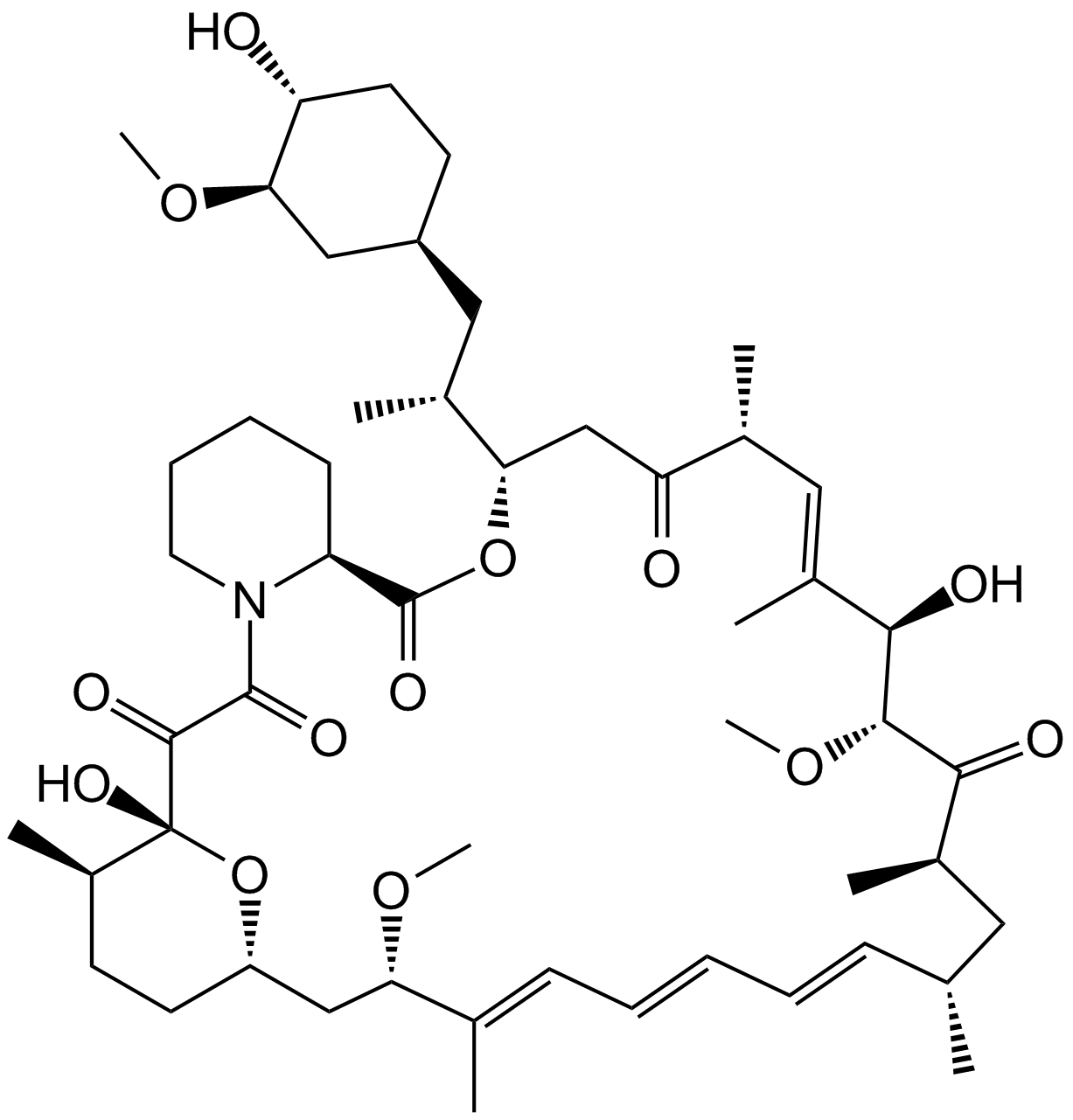
Related Biological Data
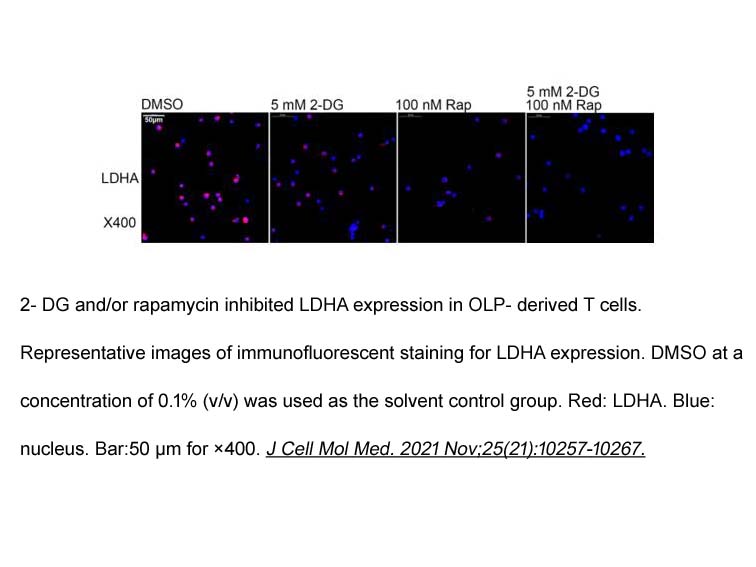
Related Biological Data
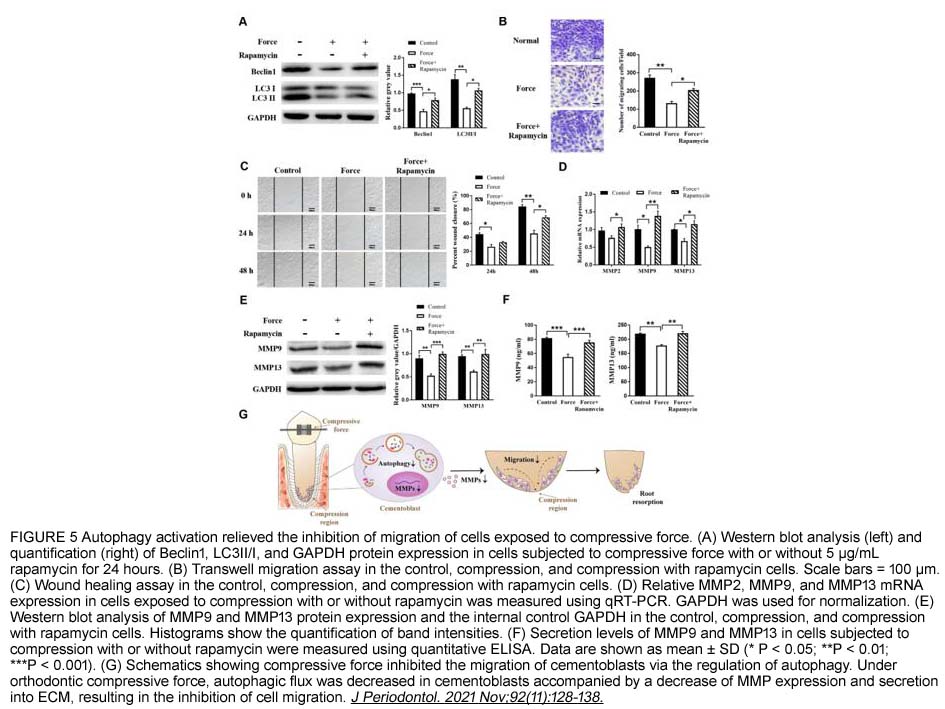
Related Biological Data
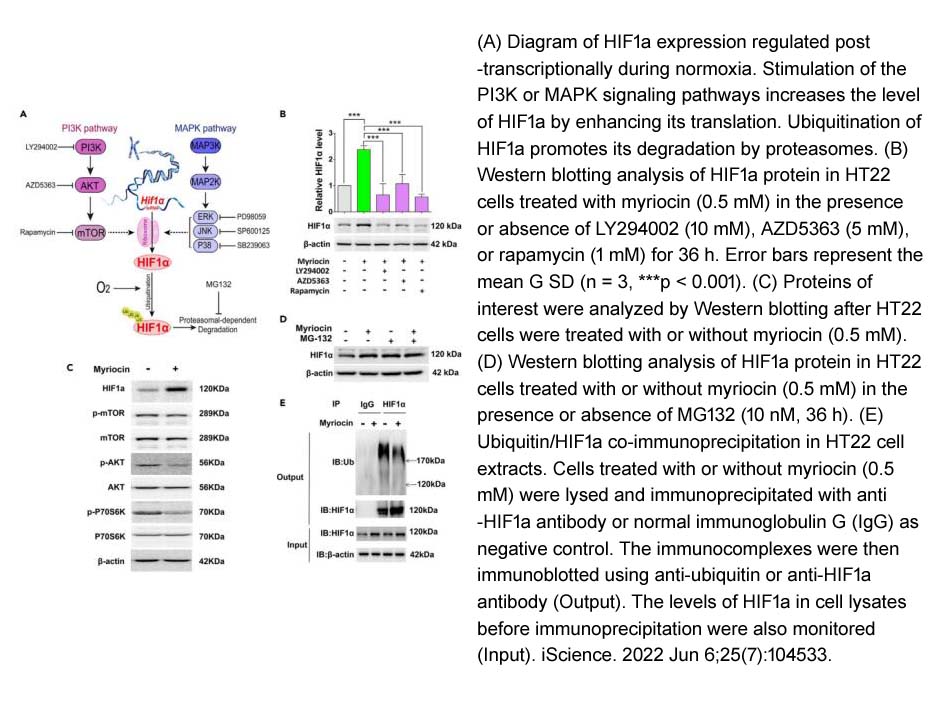
Related Biological Data
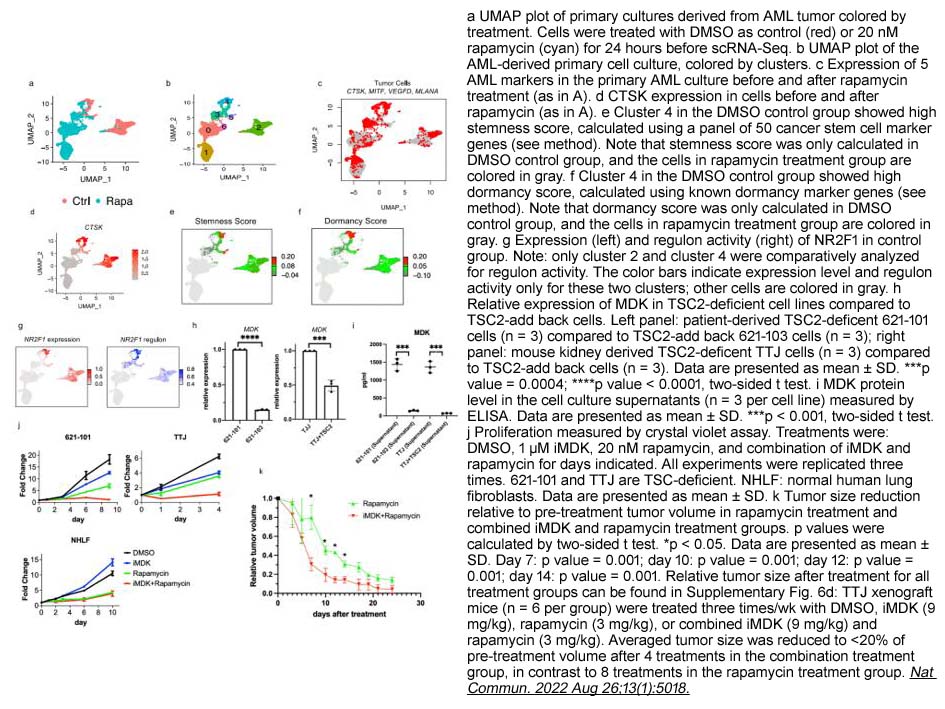
Related Biological Data
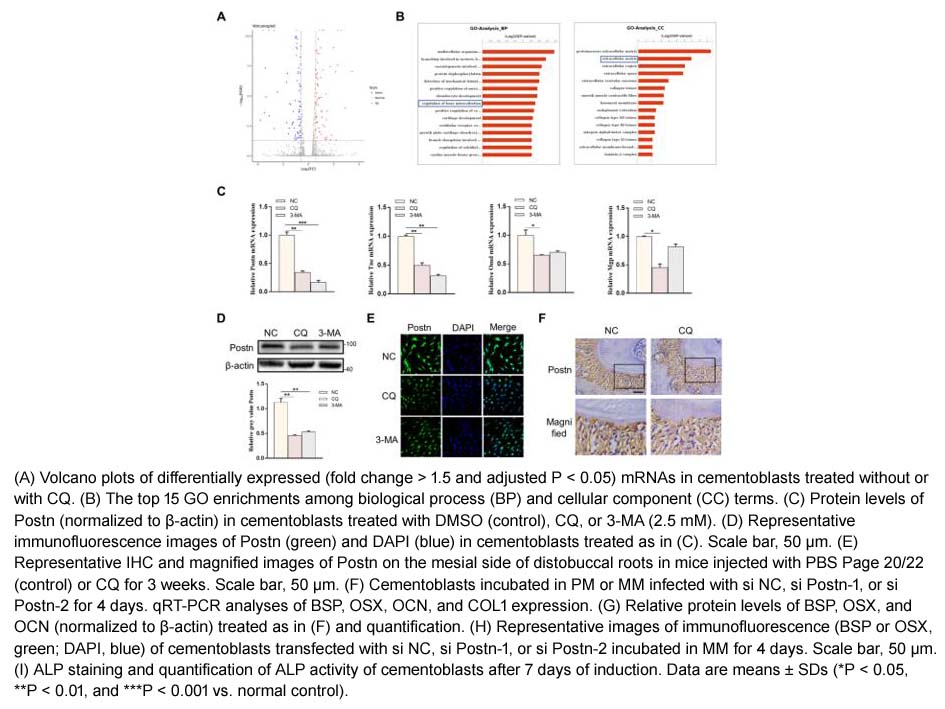
Related Biological Data

Related Biological Data
